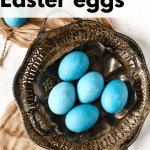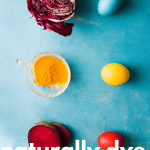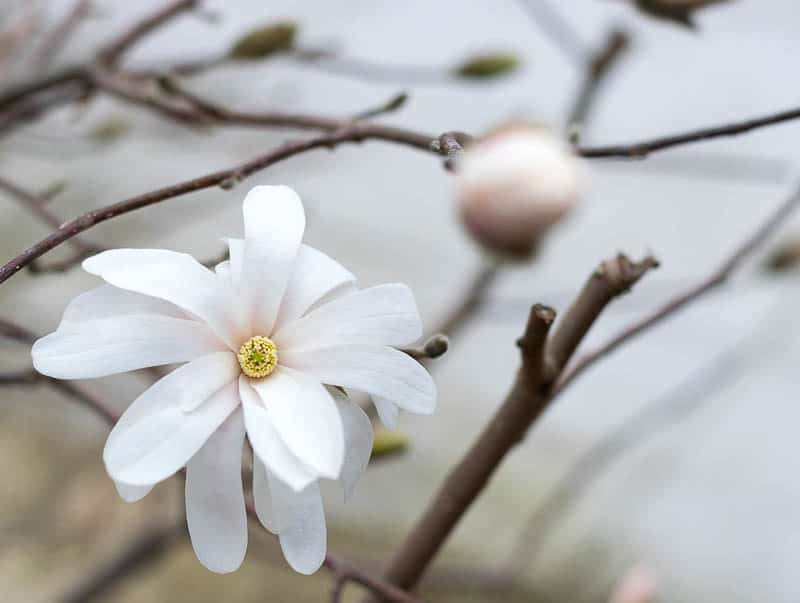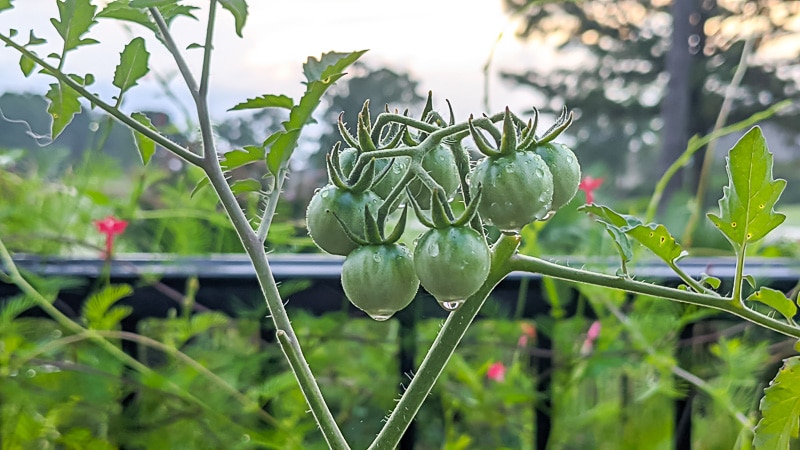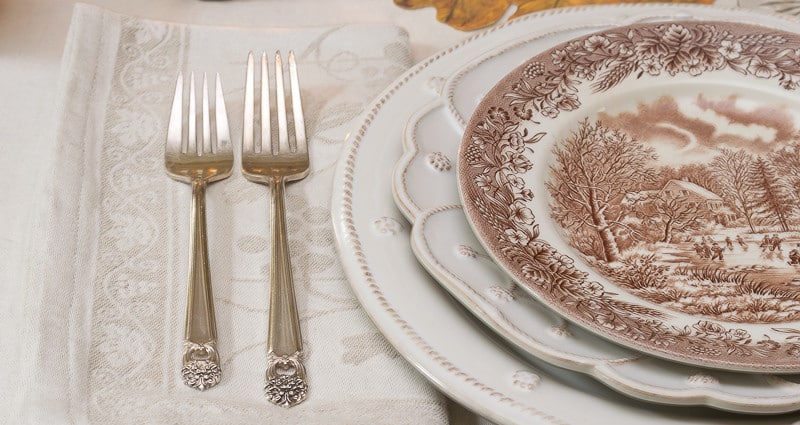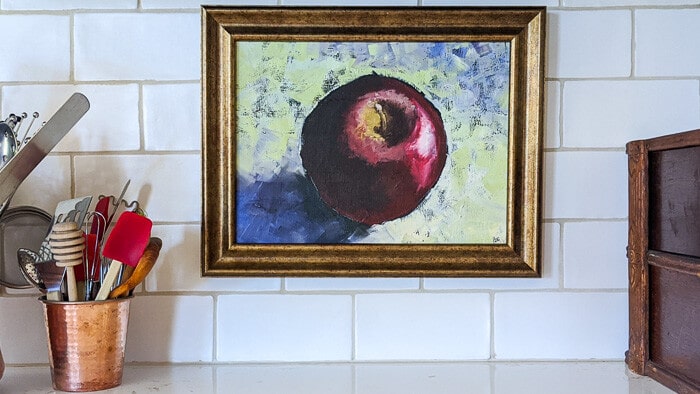The Best Ways to Naturally Dye Easter Eggs
Sharing five of the best ways to naturally dye Easter eggs.
With Easter right around the corner, you and your family are gearing up to celebrate with plenty of activities and traditions. One event you don’t want to skip is creating vibrantly colored eggs. However, typical dyes can contain artificial ingredients and chemicals that can be concerning.
Despite their hard exteriors, permeable eggshells can retain these substances. Whether you’re reusing the eggs for a dish or your kids handle them for play, you want to be comfortable with the materials. Ditch the synthetic products for a better option.
All-natural mixtures are a safe, convenient alternative. Using household items, you can whip up a chemical-free dye recipe to decorate eggs with your kids this Easter. After you’ve hardboiled and cooled your eggs, soak them in one of these homemade solutions to achieve a variety of hues. Here are the five best ways to get the most vibrant colors from natural ingredients.
Some of these links may be affiliate links, and I may earn a small commission from the sale of these products, but the price you are charged is not affected. You can see my full disclosure policy here.

Table of Contents
Ideas to Naturally Dye Easter Eggs:
1. Fruit-Based Dyes
Nature’s sweet treats can transform your eggs into fun shades. Most fruit is already juicy, which means there’s an abundance of potential dye waiting to be harvested. You can cover just about every section of the rainbow with fruit-based washes, and the colors come out captivating and bold. Although results can vary, try the following color and fruit combinations.
- Red and pink: cherries, raspberries, cranberries, pomegranates, red plums
- Purple: grape juice
- Blue: blueberries, mulberries, blackberries
- Orange: orange peels
- Yellow: apples, lemons
How to Dye Eggs with Fruit-Based Dye
- Prepare the Eggs: Hard boil the eggs you wish to dye. Please make sure they are cool and dry before dyeing.
- Make the Dye: Choose your color and then simmer the ingredients in water for 15-30 minutes. The longer you simmer, the more concentrated the dye will be. Use about one cup of water for every handful of your dye material.
- Strain and Add Vinegar: After your dye is the color you want, strain out the solid bits and add one tablespoon of vinegar for each cup of strained liquid. The vinegar helps the dye adhere to the eggshell.
- Dye the Eggs: Place the eggs in the dye. For deeper colors, leave them in the dye for several hours or overnight in the refrigerator.
- Dry the Eggs: Once you have achieved your desired color, remove the eggs and let them dry. You can rub them with a bit of cooking oil for a shiny finish.

2. Vegetable-Based Dyes
You can infuse your Easter eggs with various colors by using the vegetables you’d typically throw in a salad. Vegetables from a garden or your local grocery store are fun to play with when you naturally dye Easter eggs. With a little vinegar, you can draw the tint from common produce like cabbage, onions, beets, spinach, and carrots. Check out these vegetable suggestions.
- Red and pink: beets
- Blue and purple: red cabbage, red onions
- Yellow and orange: carrots, yellow onions
- Green: spinach
How to Dye Eggs with Vegetable-Based Dye
- Prepare the Eggs: Hard boil the eggs you wish to dye. Please make sure they are cool and dry before dyeing.
- Make the Dye: Choose your color and then simmer the ingredients in water for 15-30 minutes. The longer you simmer, the more concentrated the dye will be. Use about one cup of water for every handful of your dye material.
- Strain and Add Vinegar: After your dye is the color you want, strain out the solid bits and add 1 tablespoon of vinegar for each cup of strained liquid. The vinegar helps the dye adhere to the eggshell.
- Dye the Eggs: Place the eggs in the dye. For deeper colors, allow them to sit in the dye for several hours or overnight in the refrigerator.
- Dry the Eggs: Once you have achieved your desired color, remove the eggs and let them dry. You can rub them with a bit of cooking oil for a shiny finish.

3. Everyday Cooking Spice Mixtures
Pull out your spice rack to develop a natural palette for your Easter holiday. Cooking spices from your cabinet can lead to unexpected tones for your eggs, and you don’t have to worry about risks to your family with them. Coat them with familiar ingredients to fill your baskets with beautiful colors. But make sure to let them absorb overnight for a distinctive shade. Here are the color and spice pairings you can test out.
- Red: chili powder
- Yellow: celery seed, cumin, turmeric
- Orange: curry powder, paprika
- Brown: cinnamon, dill seed
How to Dye Eggs with Spices
- Prepare Your Eggs: Hard boil the eggs you plan to dye. Ensure they are cool and clean before you start the dyeing process.
- Make the Dye Solution:
- Mix 1 to 2 tablespoons of the spice with 1 cup of boiling water. Adjust the amount of spice based on how intense you want the color to be. More spice means a deeper color.
- Add Vinegar: Add one tablespoon of white vinegar to the mixture. Vinegar helps the dye bond to the eggshell.
- Strain (Optional): If you want a smoother color, you can strain the liquid to remove the spice particles. However, leaving the spice in can give a speckled, textured effect which is also quite beautiful.
- Dye the Eggs:
- Place your eggs in the dye solution. You can do this in a bowl, mug, or any container that can hold the eggs and the dye.
- Let the eggs sit in the dye until they reach the desired color. For a deeper color, you can leave them in the dye for several hours or even overnight in the refrigerator.
- Dry the Eggs: Once dyed to your liking, carefully remove the eggs from the dye and let them dry on a wire rack or paper towels. Once they are dry, rub a small amount of cooking oil on them for a shiny finish.
Experiment with Dye Times: The longer the eggs sit in the dye, the more vibrant the color will be. Experiment with different soaking times to achieve a range of shades.
Mix and Match: Feel free to mix spices to create new colors. For example, turmeric and chili powder can give you different shades of orange and yellow.
4. Coffee and Tea Stains
You can brew a dye mixture with popular beverage fixings, like coffee grounds and tea leaves. With a pleasant aroma and rich pigments, this is a creative and effortless way to make a naturally dyed Easter egg project. Let the tea or coffee steep in water for an extended amount of time to achieve a concentrated solution and the best results. Select the following selection to get your desired colors.
- Pink: amaranth tea, black cherry tea
- Blue: hibiscus
- Green: green tea
- Yellow and orange: saffron tea, chamomile tea
- Brown: coffee, black tea
How to Dye Eggs with Coffe or Tea
- Prepare the Eggs: Start by hard boiling the eggs you want to dye. Ensure they are cool and clean before dyeing.
- Brew the Tea or Coffee:
- For Tea: Select your tea and steep several bags (4-6) in boiling water for about 15 minutes to get a strong brew. The more tea bags you use and the longer you steep them, the darker the dye will be.
- For Coffee: Brew a strong pot of coffee. The strength of the coffee should be stronger than what you might drink, as this will provide a richer dye.
- Add Vinegar: After brewing, add 1 tablespoon of white vinegar to every cup of tea or coffee. Vinegar helps the color adhere better to the eggshells.
- Dye the Eggs:
- Place the eggs gently in the tea or coffee solution. Make sure they are fully submerged.
- The longer the eggs sit in the solution, the deeper the color. For a light tint, a few hours may suffice; for deeper colors, leave them overnight in the refrigerator.
- Dry the Eggs: Once they have achieved the desired color, remove them from the dye and let them dry on a wire rack or paper towels. After they dry, you can rub the eggs with a little cooking oil for a glossy finish.
5. Store-Bought Natural Food Coloring for Dyeing Easter Eggs
If you’re ready to switch to an organic solution, but you’d rather head to the store for a dye, some ready-made food colorings have dependable materials. Maybe you’re in a rush this Easter, juggling family gatherings, your kids’ activities and your plans. Opt for a food coloring that’s made up of real ingredients.
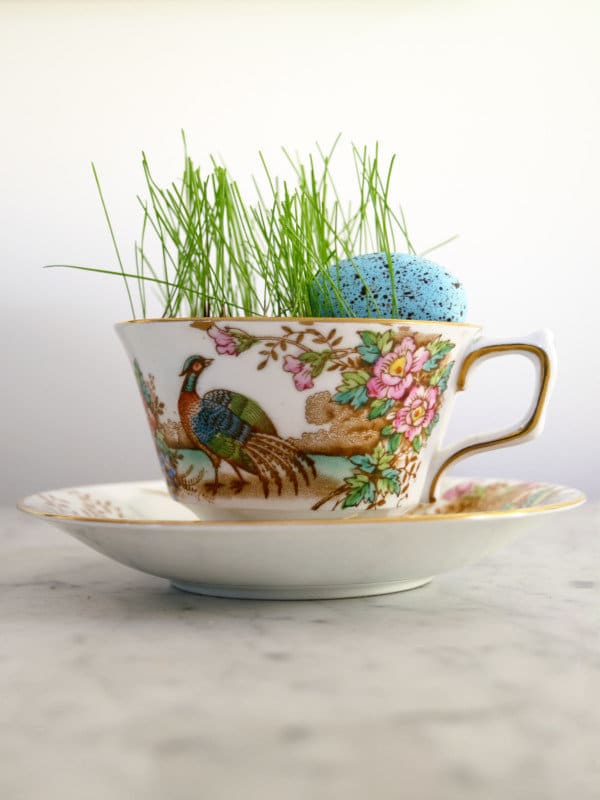
Natural store-bought food coloring can have the same effect as homemade mixtures and synthetic dyes. With a plant-based combination, dyes from organic sources can be a trustworthy product for your family. Swing by your natural foods store to browse the selection of food coloring.
Naturally Dye Easter Eggs with Confidence
Choosing a chemical-free way to stain Easter eggs can benefit your family. You can mix and match these methods to achieve your family’s favorite colors. Feel free to use whatever household products you have on hand, or, if you prefer, stop by a store with organic goods to snag a ready-made food coloring. When you know what’s in your dye, you can approach the process with extra confidence.
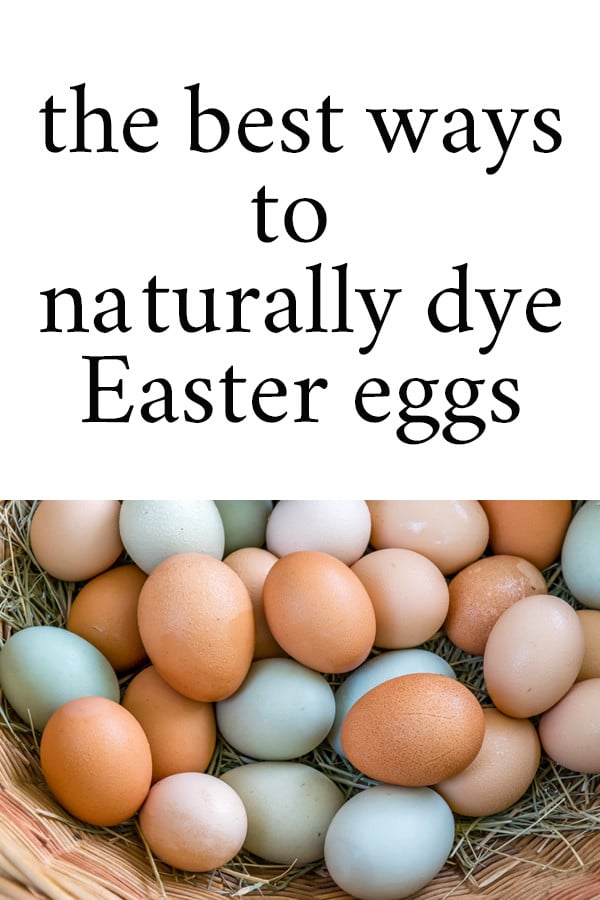
Bookmark this page or pin the following image to refer back to this post on how to naturally dye Easter eggs in the future.
Thanks so much for spending a few minutes of your busy day with me!
To ensure you don’t miss future content, pop your email in the pale green box on the right or click here. I usually send one email weekly, so I won’t inundate your inbox. I’m sensitive to an overflowing email inbox!
We will only use your email address to send you emails, no more than 1-2 weekly. In addition, you will have access to my growing library of knit & crochet patterns and other printables. Check back often as this library will continue to grow. You can unsubscribe anytime by emailing me or clicking on the “unsubscribe” link at the bottom of all emails.
And you can access many of the products I refer to on my Nourish and Nestle Amazon Page. You can access it here.
So, if you’d like to participate in the ‘subscriber benefit’ action, simply subscribe to Nourish and Nestle here or use the form on the right sidebar. It’s slightly towards the top.
I have sent all my subscribers the link to the Subscriber Benefits Library. If you missed it or misplaced it, let me know.
Until next time…


